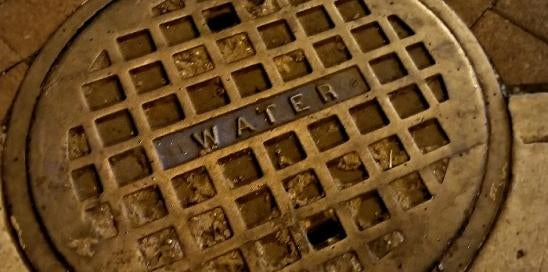Changes are afoot to the statutory regime governing special administrations for regulated water companies (the SAR) following the publication of a suite of new legislation.
Impact of the changes on pension trustees
Further details of the changes are set out below, but perhaps the most significant change for creditors generally, and pension trustees in particular, is the update to the insolvency waterfall to allow for priority payment of government funds. In a nutshell, this means that any funds provided by the Secretary of State to the special administrator by way of loan or grant will be paid out in priority to any s75 debt that may be owed to pension trustees. Given the potential size of such government grants, this could have a sizeable impact on recoveries for pension schemes and all unsecured creditors.
Certain of the changes provide access to a wider restructuring toolkit and a hive down procedure to special administrators that opens up the possibility of senior creditors being either left in a shell structure, with the valuable assets sold from underneath them, or having a non-consensual restructuring of their debt imposed on them as part of a cram-down under a Part 26A restructuring plan. It remains to be seen whether this will have any effect on regulated water companies’ ability to raise funds through third-party financing. It can certainly be expected to result in a shift in stakeholder dynamics in any pre-insolvency restructuring discussions.
Changes at a glance
This note does not attempt to look at all of the updates introduced by the new legislation, but changes that may be of interest to water company creditors more generally, and trustees of their pension schemes in particular, are:
- Hive down: the new legislation allows for a hive-down of assets and, potentially, some liabilities from a special administration whereby a special administrator would be able to transfer its entire undertaking to a wholly-owned subsidiary, and then sell the shares in that subsidiary, effectively ‘cutting out’ debt held higher up the group or other undesirable assets. From a business rescue perspective, this can be a useful tool when effecting a transfer of the business, as it enables the special administrator to maximise value by, amongst other things, offering a tax-efficient vehicle to potential buyers. However, from a legacy creditor perspective, when this type of mechanism is used in a special administration context where the emphasis may be more on the business being able to continue for a specific purpose than full market value being achieved, it leaves open the possibility of legacy company liabilities being stranded without access to the assets which have been moved to the new company.
- Rescue purpose: a new rescue purpose for a special administration allows for a solvent exit from the administration process. Notably, this is only available in situations where a special administration was commenced on the grounds that the licenced water company was insolvent. If an administration is commenced on the grounds of the company’s performance, then the only exit available is through a business transfer (which could be via the hive down process described above).
- Restructuring toolkit: applies modified versions of the restructuring procedures available to companies generally, such as schemes of arrangement, Part 26A restructuring plans and CVAs, making them available for water companies subject to the SAR. Used in conjunction with the rescue purpose, this has the potential to allow a water company to enter special administration, effect a restructure by way of one of these tools, and exit as a solvent entity.
- Application of up-to-date insolvency legislation: a modified version of the legislation that applies to most companies in administration (Schedule B1 of the Insolvency Act 1986) will be applied to water companies in special administration.This may be of particular interest to trustees of water company pension schemes, as it clarifies the route by which such schemes may qualify for assessment for eligibility to enter the Pension Protection Fund, in the event that the employer water company enters a special administration.
- a priority right of repayment: any government funds provided by the Secretary of State to enable the running of the special administration will be paid out of the insolvency estate with a super-priority, ahead even of the special administrators’ own fees and expenses.
What next?
This suite of changes suggests that the government may be paying particular attention to the challenges currently being faced by regulated water companies, and be readying itself for the possibility that the SAR may be used for the first time. Against that background, lessons appear to have been learned from recent volatility in the energy sector, and resulting use of the special administration regime for electricity suppliers. This is particularly evident around the new priority payment of government funds, which provides a layer of protection not available when a significant government funding package was provided to Bulb Energy Ltd (in special administration).
As government appears to be preparing for stress in this sector, we anticipate that creditors, too, will be considering their positions and looking carefully at how the legislative changes might impact them.





 i
i


